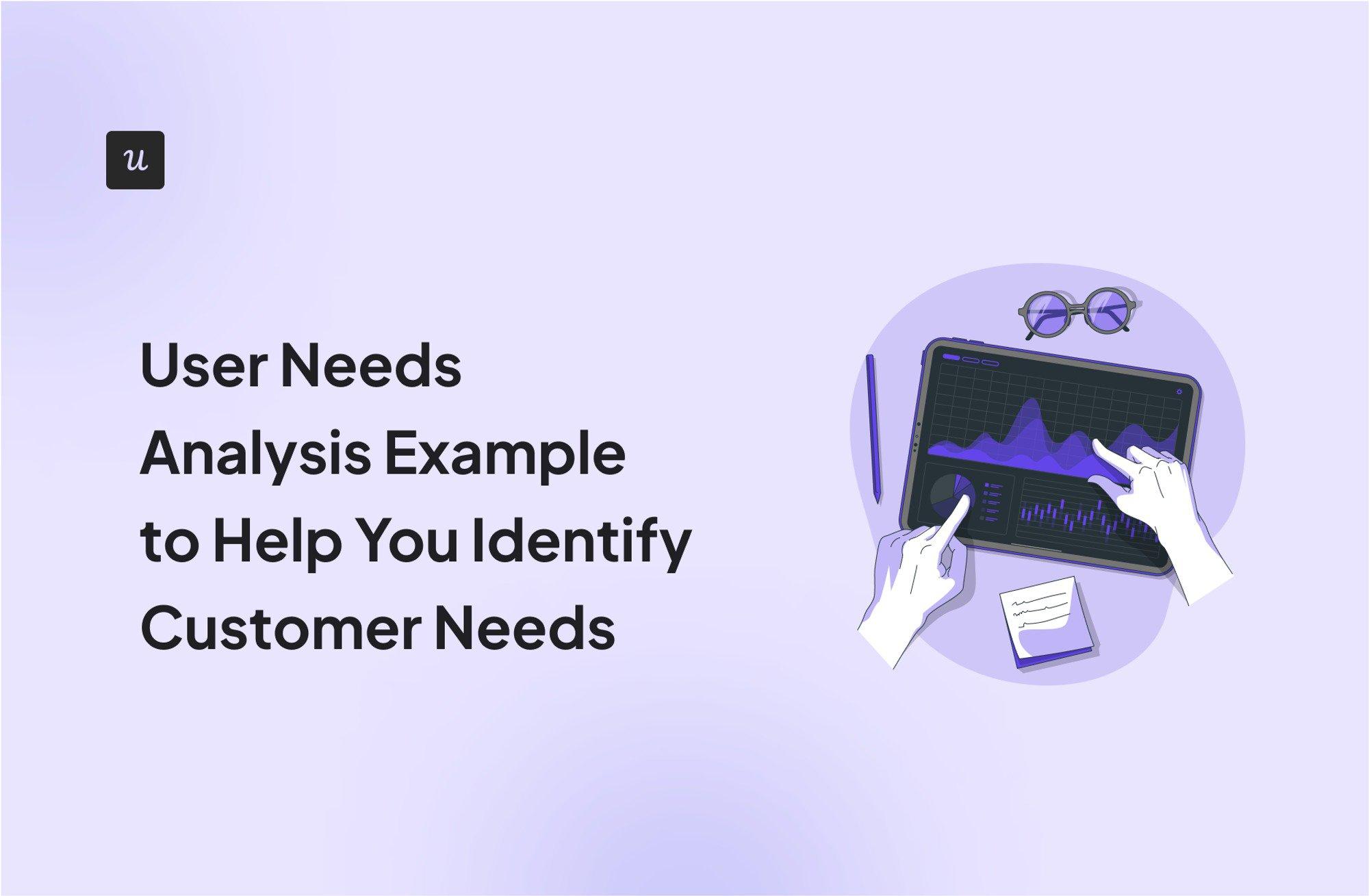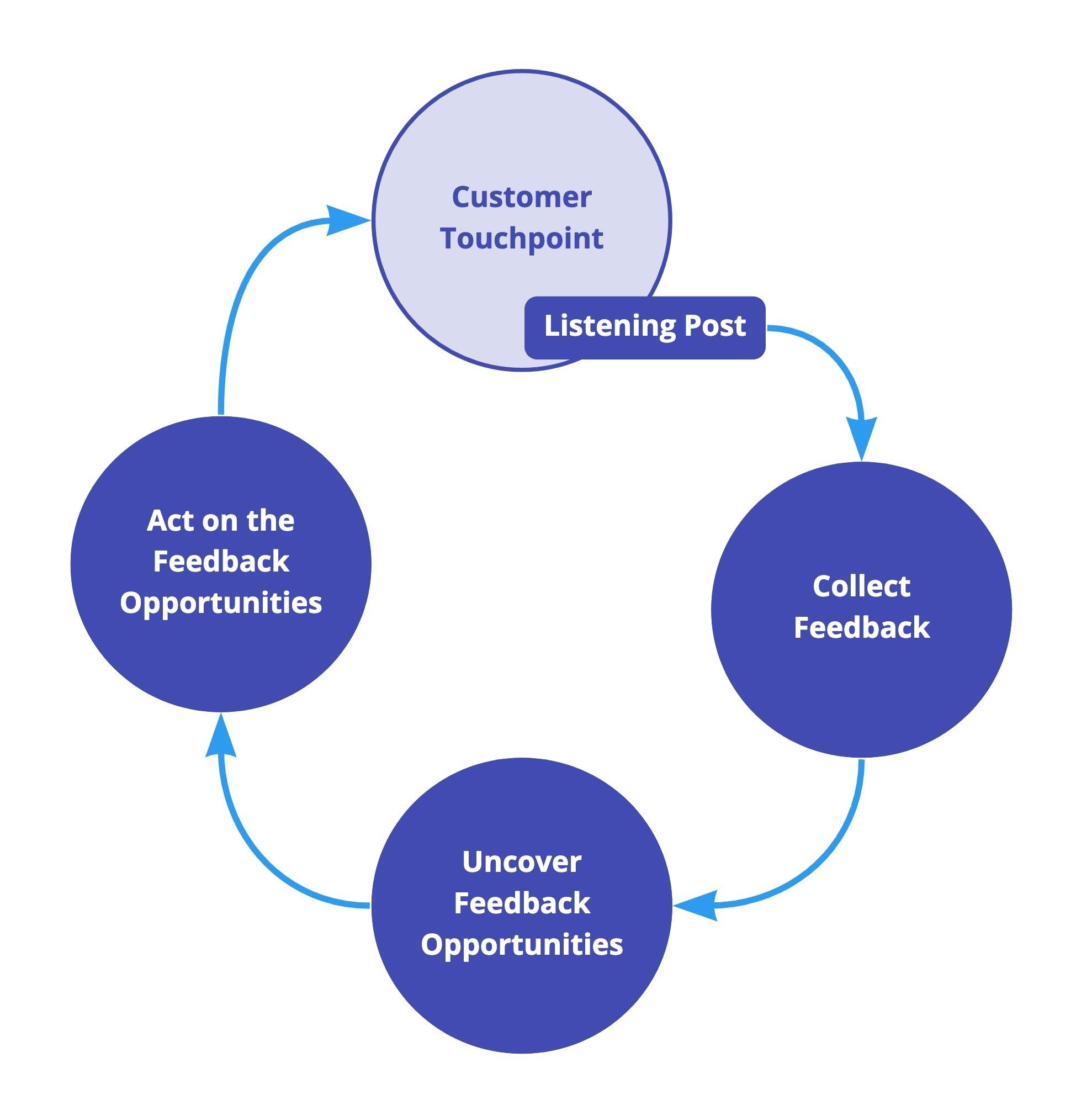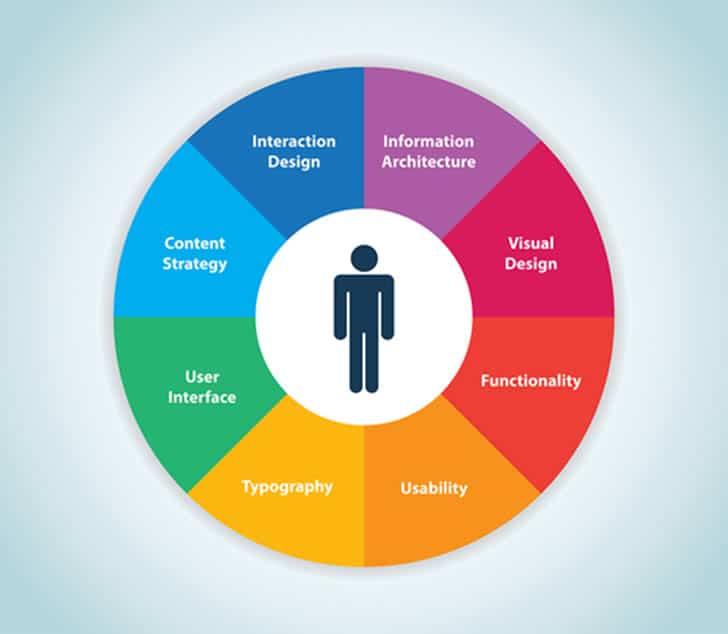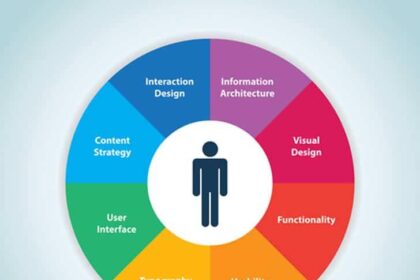In the fast-evolving landscape of software as a service (SaaS), where innovation is as abundant as competition, the key to standing out lies in understanding a crucial element that often dictates success: user experience. As businesses increasingly shift towards cloud-based solutions, the focus on creating seamless, intuitive, and engaging interfaces has never been more critical. In this article, we’ll explore the intricate tapestry of user experience design, delving into how it serves as the heartbeat of SaaS success. By examining best practices, industry insights, and real-world examples, we aim to highlight how companies can elevate their offerings, foster customer loyalty, and ultimately thrive in a marketplace that prioritizes user satisfaction above all else. Join us as we unpack the transformative power of an exceptional user experience—one that can turn fleeting interactions into lasting relationships.
Understanding User Needs through Empathy and Research
To create exceptional software as a service (SaaS) offerings, it is imperative to foster a deep understanding of user needs, which can be achieved through empathetic research methodologies. By putting ourselves in the users’ shoes, we uncover their real challenges, motivations, and desires. Engage with users through various channels such as:
- Surveys: Capture quantitative data to understand user preferences.
- Interviews: Gain qualitative insights by having in-depth conversations.
- Usability Testing: Observe users interacting with your product to identify pain points.
This empathetic approach not only humanizes the data but also reveals nuanced insights that often go overlooked. By analyzing this information, it becomes easier to create user personas that represent different segments of your audience. A clear understanding of these personas enables the development team to prioritize features based on real user needs and thus drives product evolution aligned with market demand.
| User Persona | Primary Need | Key Feature |
|---|---|---|
| Small Business Owner | Streamlined task management | Integrated to-do list |
| IT Manager | Data security | Enhanced encryption methods |
| Freelancer | Time tracking | Automated time log |

Designing Intuitive Interfaces for Seamless Navigation
Creating an interface that feels intuitive to the user is crucial for maintaining engagement and satisfaction. Designers should prioritize clarity and simplicity by implementing consistent navigation elements and clear calls to action. Users should effortlessly transition from one section to another, guided by easily recognizable icons and labeling. Key principles to consider include:
- Accessibility: Ensure all users, regardless of ability, can navigate comfortably.
- Feedback: Provide immediate feedback on user actions to enhance understanding.
- Hierarchical Structure: Organize content logically, allowing users to predict where information is located.
Incorporating responsive design elements can significantly enhance user experience across devices. This involves creating layouts that adjust seamlessly, ensuring that the interface remains easy to navigate whether on a desktop, tablet, or smartphone. A/B testing different designs can uncover which iterations provide the most user-friendly experience. Below is a simple comparison table illustrating the impact of various design features:
| Design Feature | User Satisfaction | Navigation Efficiency |
|---|---|---|
| Consistent Icons | 85% | High |
| Clear Color Coding | 78% | Moderate |
| Responsive Layout | 90% | Very High |

Building Trust with Transparent Communication and Support
The foundation of a successful Software as a Service (SaaS) business begins with establishing genuine relationships built on trust. Transparent communication is the bedrock of user satisfaction and long-term loyalty. When users are kept in the loop about product changes, potential issues, and enhancements, they feel valued and engaged. Key strategies for achieving this include:
- Regular Updates: Send out newsletters detailing recent developments and future roadmaps.
- Open Feedback Channels: Actively encourage users to share their thoughts and concerns.
- Honesty in Challenges: Be upfront about difficulties facing the platform, and share how you plan to overcome them.
Support goes hand in hand with communication, reinforcing users’ confidence in your service. Providing users with easy access to support resources is crucial. It demonstrates commitment to their success and fosters an environment where they feel comfortable turning to you for help. Consider implementing:
- Comprehensive Knowledge Bases: Offer detailed articles and tutorials that empower users to solve issues independently.
- Live Chat Support: Ensure prompt assistance during critical moments to enhance user experience.
- Community Forums: Create platforms for users to share ideas, solutions, and build a sense of community.
Ultimately, the synergy between transparent communication and robust support services creates a powerful user experience that not only attracts new customers but also retains existing ones.

Leveraging Feedback Loops for Continuous Improvement
In the dynamic world of SaaS, creating exceptional user experiences hinges on an unwavering commitment to continuous improvement fueled by timely and constructive feedback. Active listening to users not only enhances product relevance but also cultivates trust and loyalty. Incorporating structured feedback mechanisms can illuminate the path towards innovation, driving teams to identify pain points and opportunities for enhancements. Strategies may include:
- User surveys to gauge satisfaction and gather insights.
- Usability tests for real-time user interactions and experiences.
- Net promoter score (NPS) assessments to measure customer loyalty.
- Feature request boards that enable users to contribute ideas directly.
By effectively integrating this feedback into the development cycle, organizations can pivot swiftly and address user needs, ensuring their offerings remain relevant and engaging. Constructive criticism should not just be accepted; it should be embraced. Establishing a culture where feedback is cherished promotes a sense of partnership between users and providers. This symbiotic relationship can be exemplified through:
| User Feedback Type | Action Taken |
|---|---|
| Feature Request | Prioritized for next sprint |
| Usability Issue | Immediate UX redesign |
| Satisfaction Survey | Enhanced customer support |
To Wrap It Up
In the rapidly evolving landscape of Software as a Service, the user experience stands as a cornerstone of success. By prioritizing the needs, preferences, and behaviors of users, businesses can forge deeper connections and foster lasting loyalty. As we’ve explored, every touchpoint—from intuitive design to responsive support—plays a crucial role in shaping perceptions and outcomes.
Ultimately, the journey towards enhancing user experience is ongoing, marked by continuous feedback, innovation, and adaptation. As tech trends shift and user expectations evolve, those who remain committed to optimizing engagement will not only thrive but will also redefine the standards of service in the digital realm. Embrace the challenge, listen to your users, and let their experiences guide your path to SaaS success. After all, in the world of software, it’s not just about creating a product; it’s about crafting an experience that resonates. The heart of your success beats in harmony with those you serve—keep it strong and steady.






